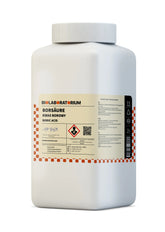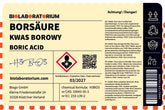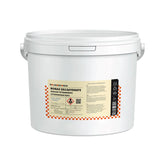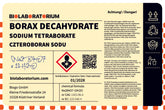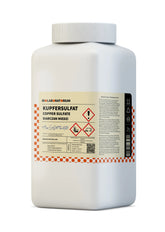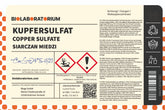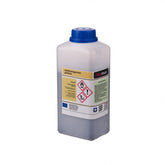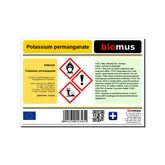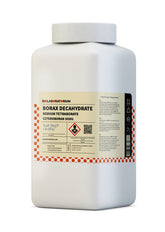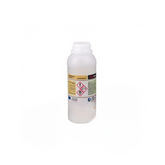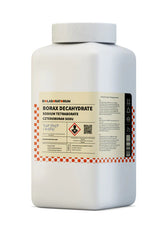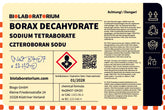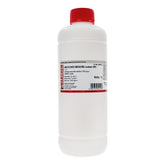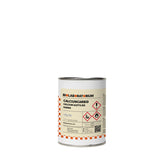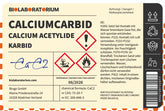Phenolphthalein – Properties, Laboratory Applications, and Safety
Phenolphthalein is a versatile and widely used chemical indicator employed in numerous laboratory applications and industrial processes. In this blog post, we will take a closer look at the key properties, applications, and safety aspects of phenolphthalein.
What is Phenolphthalein?
Phenolphthalein is an organic compound with the chemical formula C₂₀H₁₄O₄. It is a color indicator that appears colorless in acidic solutions and intensely pink or purple-red in basic solutions. This color change occurs at a pH value of approximately 8-10, making phenolphthalein a useful tool in Analytical Chemistry.
The discovery of phenolphthalein dates back to the German chemist Adolf von Baeyer, who first synthesized the compound in 1871. Since then, phenolphthalein has established itself as a versatile indicator in numerous application areas.
Properties of Phenolphthalein
In addition to the characteristic color change depending on the pH value, phenolphthalein is characterized by other interesting properties:
Chemical Structure
Phenolphthalein consists of two phenol rings connected by a methylene bridge. This structure is responsible for the color change depending on the pH value.
Solubility
Phenolphthalein is poorly soluble in water but dissolves well in alcohol, acetone, and other organic solvents. This property enables its use in various media.
Stability
Phenolphthalein is relatively stable under normal conditions but can decompose due to light, heat, or strong oxidizing agents. Prolonged storage may lead to color changes.
Toxicity
Phenolphthalein was previously used as a laxative but is now banned in many countries due to potential carcinogenic effects. In the laboratory context, it must therefore be handled with caution and in compliance with safety regulations.
Applications of Phenolphthalein
Phenolphthalein is used in various fields, particularly in Analytical Chemistry:
Titration
One of the main application areas of phenolphthalein is titration. The color change allows precise detection of the endpoint of an acid-base titration.
pH Indicator
As a pH indicator, phenolphthalein can be used to determine the pH in aqueous solutions. The color change from colorless to pink indicates the transition from acidic to basic.
Quality Control
In industry, phenolphthalein is used for quality control of products such as cleaning agents, disinfectants, or fertilizers. The color indicator helps check the pH and purity of the products.
Forensics
In forensic chemistry, phenolphthalein is used in the search for traces of blood. The indicator reacts with blood and turns pink, which can be used to identify blood stains.
Medical Applications
Although phenolphthalein is no longer used as a laxative today due to potential health risks, it still finds use in some medical applications, e.g., in toothpaste or for checking acid-base balance.
Safety and Handling
As mentioned, caution must be exercised when using phenolphthalein, as the compound may have carcinogenic properties. Therefore, some safety aspects should be considered when handling phenolphthalein in the laboratory:
- Always wear protective equipment such as lab coats, gloves, and safety goggles.
- Work in a well-ventilated area and avoid inhaling phenolphthalein vapors.
- Dispose of phenolphthalein-containing waste properly according to applicable guidelines.
- Store phenolphthalein in a cool, dark place to avoid decomposition.
- Familiarize yourself with current safety regulations and guidelines for handling phenolphthalein.
By following these safety measures, you can minimize the risks when using phenolphthalein and safely use the compound in your laboratory activities.
Conclusion
Phenolphthalein is a versatile and useful chemical indicator used in numerous application areas. Its characteristic color-changing properties make it a valuable tool in analytical chemistry and industry. However, handling phenolphthalein requires special precautions due to potential health risks. By following safety guidelines, you can use phenolphthalein safely and effectively in your laboratory activities.

